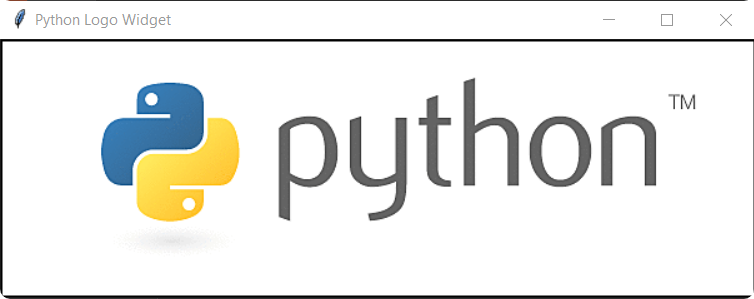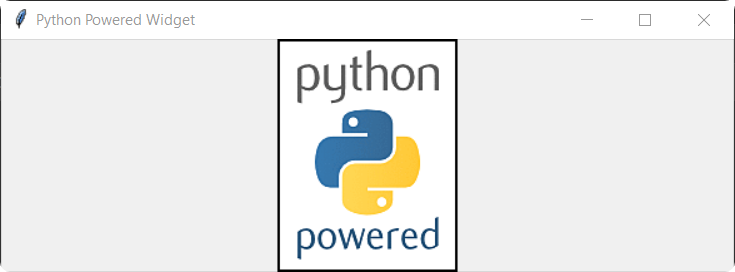Key Features • Download • How To Use • Support • Contributing • Changelog • Credits & Contributors
- High quality images.
- Easy to integrate into a
TkinterGUI project. - Available as code or as a function.
- Built-in samples.
- Cross platform.
You can download the source code to run the scripts from the command line on Windows, macOS and Linux. This will require Python.
To run the application, you can use Git and the Python Interpreter, which allows you to clone and edit the widgets, or pip to import the widgets into your projects.
To clone and run this application, you'll need Git and Python installed on your computer. If you would rather not use Git, you can just download the script from GitHub above. From your command line:
# Clone this repository
$ git clone https://github.com/willtheorangeguy/Python-Logo-Widgets
# Go into the repository
$ cd Python-Logo-Widgets
# Run the Demo Window
$ python main.pyYou can install the program from the Python Package Index through pip.
# Install via pip
$ pip install Python-Logo-Widgets
# Run the Demo Window
$ Python-Logo-WidgetsTo add the widgets to your project, just import the code files! Follow these instructions:
- Copy the
logo.py,length.py,width.pyfiles, andimgsfolder to your project. - Import each of the widgets (and
Tkinter) into your project:
# Import Statements
from tkinter import *
from logo import *
from length import *
from width import *- Call each of the respective widgets:
| Python Logo | Python Powered Length | Python Powered Width |
|---|---|---|
logo_widget() |
length_widget() |
width_widget() |
- Save and run the file. You're all set!
Customizing the logo and widget sizes can be found in CUSTOMIZATION. Hard-coding the widgets into your project can be found in USAGE. More documentation is available in the Documentation and on the Wiki. If more support is required, please open a GitHub Discussion or join our Discord.
Please contribute using GitHub Flow. Create a branch, add commits, and open a pull request.
Please read CONTRIBUTING for details on our CODE OF CONDUCT, and the process for submitting pull requests to us.
See the CHANGELOG file for details.
This software uses the following open source packages, projects, services or websites:
 |
||
|---|---|---|
| GitHub | Python Software Foundation | PyInstaller |
| Web - Plans | Web - Donate | Web - Donate |
- @willtheorangeguy - Sponsor on PayPal
- Running Calculator - A running speed calculator for any unit of distance.
- PyWorkout - A minimal CLI to keep you inspired during your workout!
- PyAvatar - Easily display all of your creative avatars to keep them consistent across websites.
This project is licensed under the GNU General Public License - see the LICENSE file for details. See the Privacy Policy and Terms and Conditions for legal information.










